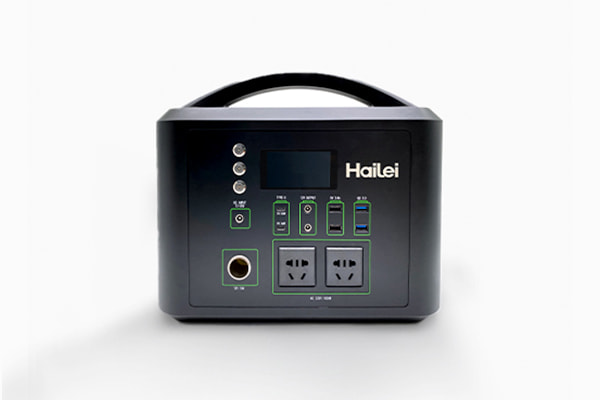Time:Feb 23, 2023 Views:956
The energy storage photovoltaic system refers to the photovoltaic array matching battery to change the transmission volume and discharge time of the traditional photovoltaic system to load. Due to the introduction of the Residential Energy Storage System, the power that cannot be digested in the peak range can be stored by the battery warehouse. When the photovoltaic power generation or the photovoltaic power supply is insufficient, power generation compensation can be performed. Residential Energy Storage System can effectively improve the system's power supply time period and the rationality of power supply. The common system structure can be divided into three categories:
1. Independent Energy Storage System
2. Returning Residential Energy Storage System
3. Energy storage equipment system

Compared with the previous two systems, the system with a motor is in the trend of gradually being eliminated because of fuel, large noise, and inefficient reasons. In addition to special areas and specific conditions, there are currently few Residential Energy Storage System selection. Matching the generator. The system will not be within the scope of the discussion in this article. For the RESIDENTIAL ENERGY Storage System, which is independent and grid, the current mainstream is "DC Coupling" and "AC Coupling". This article will also analyze and compare the advantages and disadvantages of the two topological structures and under actual situations. applicability.
DC COUPLING topology usually contains the following parts: photovoltaic components, regulator or charger Controller, battery library and inverter. The definition of the inverter here requires additional analysis. The inverter of the DC Coupling can be understood as the inverter of the battery, which is very different from the grid -connected inverter we often say. First of all, the grid -connected inverter usually comes with MPPT, but the battery inverter is not matched. The reason is mainly because the discharge characteristics of photovoltaic components and batteries are different. In addition, the grid -connected inverter does not allow communication to change the DC and recharge the component. The mesh can be discharged, and the grid can also charge the battery through the inverter. Finally, the biggest difference. The grid -connected inverter is an electriciac transmission from the photovoltaic system that is continuously stable. Continuous power supply power "or" 60 minutes discharge power "," 1 minute discharge power "and" 30 seconds discharge power ". This is because when the user load suddenly disconnects the network, the battery needs to release a considerable amount of electricity to make up for electricity demand, so a 3 -kilowatt battery inverter usually sets up to 7 kilowatts to 7.5 kilowatts at the instantaneous power. In general, the discharge of batteries and coordination with the inverter are much more complex compared to the ordinary photovoltaic system grid -connected inverter. This will be explained in the future articles. Independent energy storage is not equipped with a generator system. Due to its system structure, the battery inverter discharge is unidirectional. When the battery charging reaches the SOC (State of Charge), the charging controller will disconnect the photovoltaic and battery storage library Connect; also when the battery is discharged too deeply, exceeding the set DOD (depth of discharge), the inverter will stop power supply and cut off the connection between the battery and the load.

X

Appointment Experience